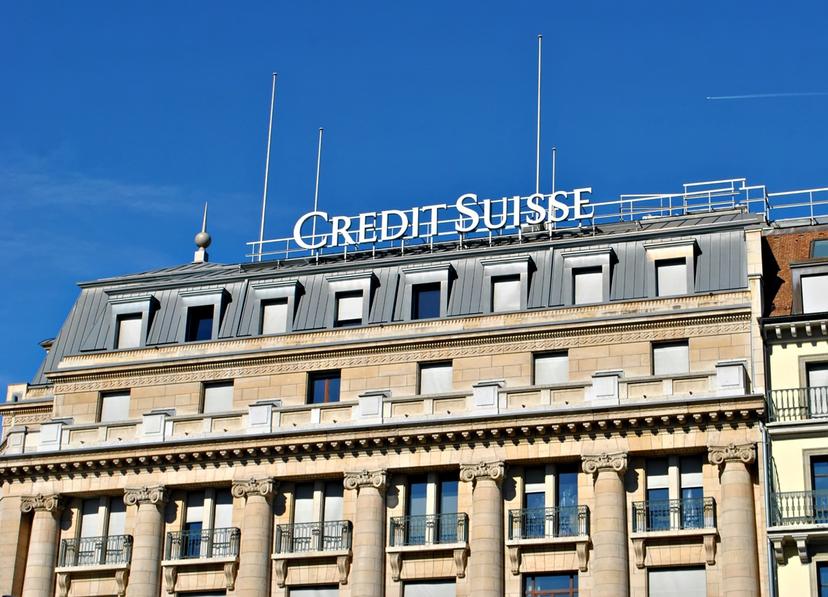Sales and Trading

Background
The first stock markets were founded in the 1500s in Europe. One example is the stock exchange that was founded in Antwerp, Belgium, in 1531, but this market dealt exclusively in promissory notes and bonds, not stocks as we know them today. Other early stock exchanges were the Amsterdam (Netherlands) Exchange (1602) and Paris (France) Bourse (1724).
In the 1600s, the concept of stocks that could be traded developed. The Dutch, French, and British governments awarded charters to companies in the hopes that they would break into Asian markets. These companies, which incorporated East India into their names (e.g., Dutch East India Company), undertook lucrative—but sometimes dangerous—trading journeys to the East Indies (South and Southeast Asia). To offset the risk associated with these voyages, companies issued stocks that would pay dividends on the profits earned from selling goods (spices, tea, etc.) obtained from these far-off regions. The income earned from selling these stocks to investors also helped these companies offset losses that occurred during trading missions, as well as provided funds to expand their fleets. These businesses were the first modern joint stock companies. Since there were no stock exchanges at the time, these stocks were often traded via brokers in coffee shops.
The first stock exchange in the United Kingdom was formed in London in 1773, but abuses regarding the issuance of stocks limited trading at the exchange until about 1825.
The Philadelphia Stock Exchange, which is now known as NASDAQ PHLX, is the oldest stock exchange in the United States. It was founded in 1790. The best-known exchange in the United States—the New York Stock Exchange (NYSE)—was founded soon thereafter in 1792. “As trading evolved, traders started acting as buyers and sellers, standing on crowded trading floors seeking to find the right counterparty in order to carry out a certain trade,” according to a short history of trading from technology consulting firm Capgemini. “Until as recently as the 1960s, financial information spread slowly, typically through ticker tapes. Trading was carried out almost entirely manually.”
In the 1970s, advances in technology brought significant changes to the financial markets. In 1971, the National Association of Securities Dealers Automated Quotations was launched, becoming the world’s first electronic stock market. In 1976, the Designated Order Turnaround system was introduced in the NYSE, allowing the electronic trading of securities.
The two most noteworthy developments affecting the work of sales and trading professionals today have been the utilization of quantitative, automated trading strategies and the emergence of high-frequency trading.
In quantitative trading, artificial intelligence is used to collect and assess market data (both structured and unstructured data) and make automated trades. “Quantitative investing based on computer formulas and trading by machines directly are leaving the traditional stock picker in the dust and now dominating the equity markets,” according to CNBC.com. In 2019, high-frequency trading firms accounted for about 55 percent of all U.S. equity trading volume, according to the Congressional Research Service. In 2006, this percentage was only 20 percent. The Financial Times reports that some industry insiders worry “that the swelling influence of computer-powered “quantitative,” or quant, investors and high-frequency traders is wreaking havoc on markets and rendering obsolete old-fashioned analysis and common sense.”
In high-frequency trading, which is a subset of quantitative trading, traders use sophisticated algorithmic software models to trade stocks and other securities quickly and take advantage of small changes in prices to earn healthy returns. Algorithmic trading—especially in high-volume markets such as fixed income and foreign exchange and equities—has increased trade volume for investment banks, but also reduced the number of traders needed and changed their job duties. “The once-rosy role of the trader—hustling, bustling, and raking in dough—is giving way to a new sort of financier: the technologist,” according to Fortune.
